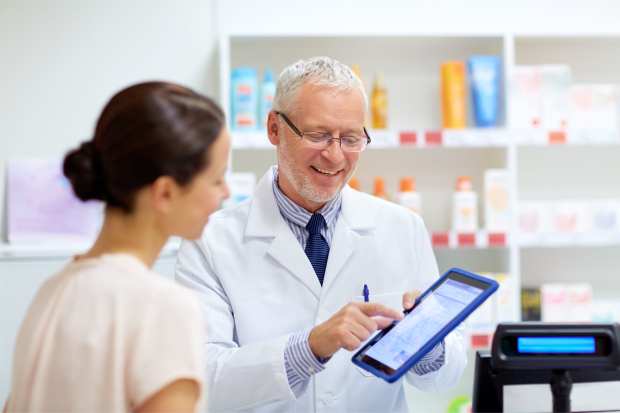How Pharmacies Are Driving Retail Innovation

The nearly universal need for medication and other remedies is driving retail innovation via the pharmacy sector — and that includes the area of customer experience.
One of the keys of the commerce game these days is providing a deeper customer experience, and that holds true when it comes to healthcare retail. And there is an obvious opportunity to be dealt with.
The U.S. faces a doctor shortage today that some are predicting will turn into a crisis over the course of the next decade. According to a report by the Association of American Medical Colleges (AAMC), the country will see a scarcity of 46,000 to 130,000 physicians by the end of the next decade — and that shortfall won’t be felt equally. A study from The American Journal of Medicine indicates that market pressures in the industry are pulling doctors away from primary care and into sub-specialties. According to the report, last year the Accreditation Council for Graduate Medical Education (ACGME) approved 4,697 fellowship programs in 123 different sub-specialties.
Shorter Wait Times
As a result, more and more Americans are abandoning primary care physicians — in fact, 30 percent of Americans report not having one at all. And that figure, according to a Kaiser Family Foundation study, can vary depending on the age of the person. Among millennials, 45 percent report having no primary care doctor.
Minute clinics and other walk-in options offer a faster experience across the board, as well as instant access to a doctor. Although they sacrifice the proven benefits of a close relationship with a trusted internist, they don’t have the short-term pain of long wait times.
Walgreens’ new partnership with VillageMD in the greater Houston area is an interesting attempt at bridging that gap, offering what the firm aims to be a “best of both worlds” experience for its customers: the longitudinal benefits of a long-term relationship along with a primary care group and the instant accessibility of a walk-in clinic.
The move comes as one of several in recent years to expand the breadth and depth of Walgreens’ healthcare offerings alongside its core pharmacy offering. The firm also operates senior health centers with Humana, urgent care centers with UnitedHealth Group, dental clinics with Aspen Dental and diagnostic testing with LabCorp, among others.
But the move also comes as others in the pharmacy field are thinking hard about how to make their offerings more competitive by building them more directly around healthcare services. CVS earlier this year launched its HealthHUB concept store, which also aims to reduce retail goods floorspace in order to expand specialized care areas for patients suffering from chronic conditions like diabetes, high blood pressure and asthma, and to create “wellness areas” for diet seminars, yoga classes and sessions with specialists.
Coincidentally, CVS started its healthcare services rollout in Houston, just like Walgreens.
Delivery Programs
That’s not the only area of pharmacy retail innovation. Delivery is another area of change.
To provide on-demand delivery for shoppers looking for health and wellness products, Walgreens and Postmates have announced a collaboration. Postmates will deliver hundreds of the pharmacy retailer’s items from 174 Walgreens and Duane Reade locations in Brooklyn and Manhattan, the companies said in an announcement.
Postmates’ on-demand delivery service, combined with Walgreens’ scale, “will allow both businesses to better meet the needs of their customers,” according to the announcement. Postmates also discovered that its shoppers seek out many of the products found at Walgreens. The top items ordered by New Yorkers are San Pellegrino, Smart Water, Gatorade, Pedialyte and Tylenol.
You can expect more movement on the pharmacy front in the coming months.
